Can Anodizing Be Repaired?
Anodizing is an electrochemical process that transforms the surface of…
[GTranslate]

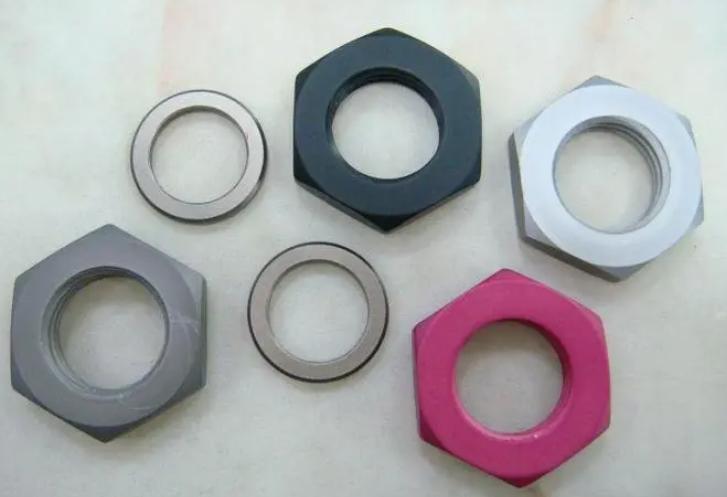
Anodizing is an electrochemical process that transforms the surface of…
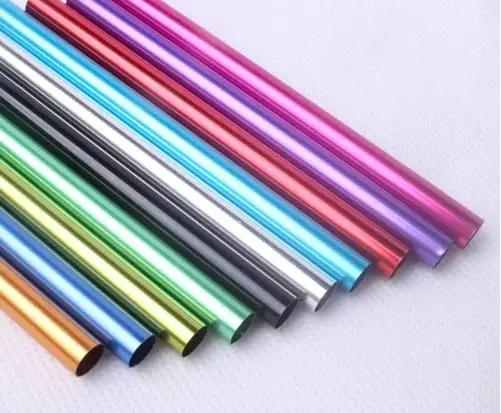
Choosing the right finish for your project can be challenging….
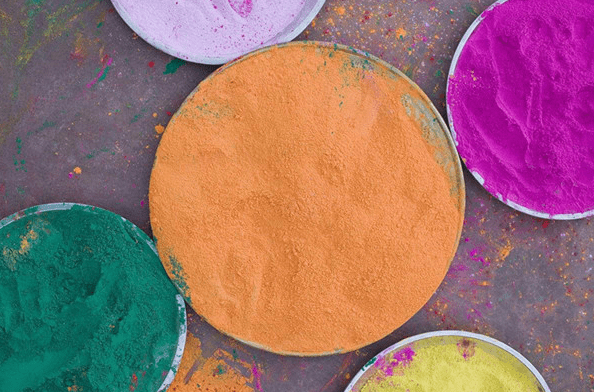
Powder coating is a type of dry finishing that uses…
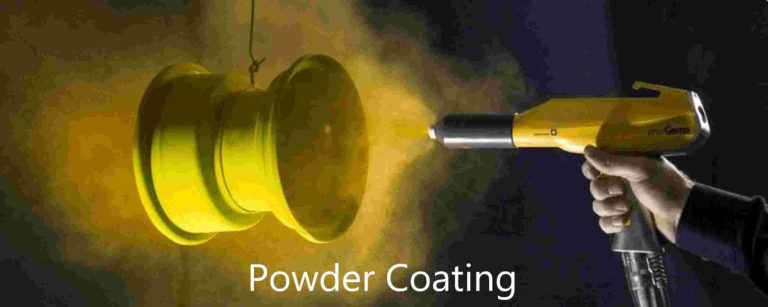
Powder coating is a modern and popular dry-finishing technique that uses…
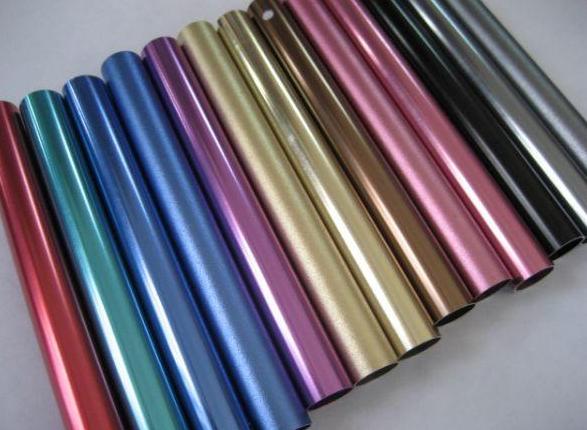
Anodizing is an electrochemical process that coats the surface of aluminum…
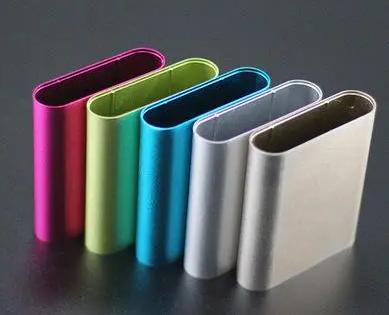
Anodized aluminum stands as a testament to the marriage of…
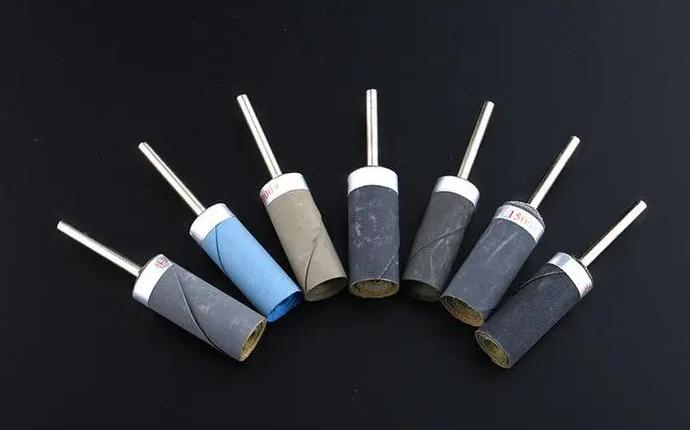
Stainless steel is a versatile and durable material known for…
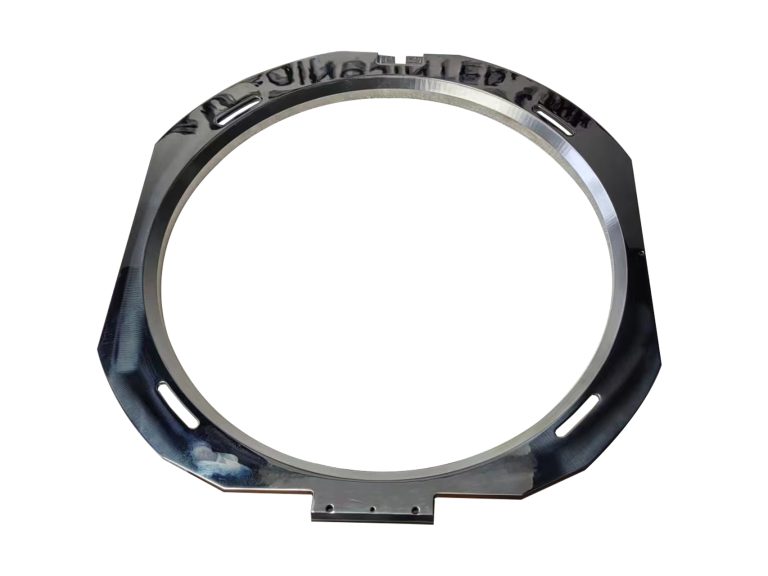
Stainless steel is a versatile and popular material known for…
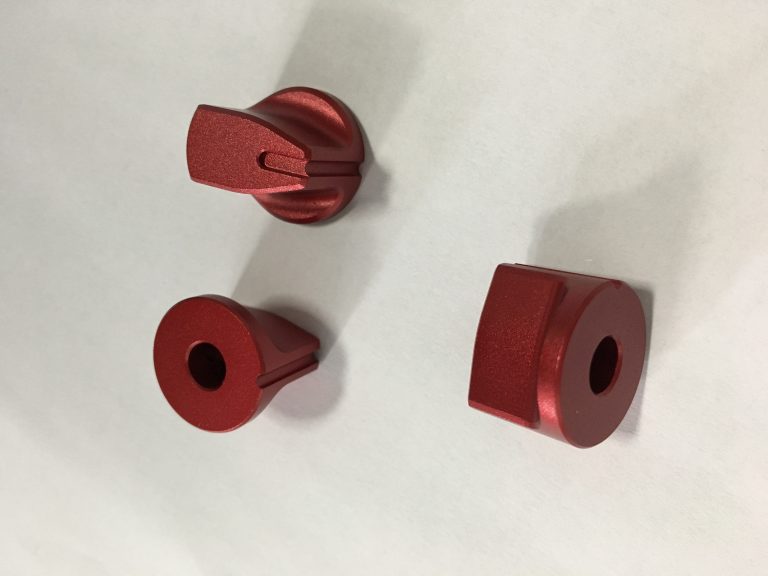
When it comes to the finishing touches in interior design,…

CNC bronze and brass machining are subtractive manufacturing processes that use…
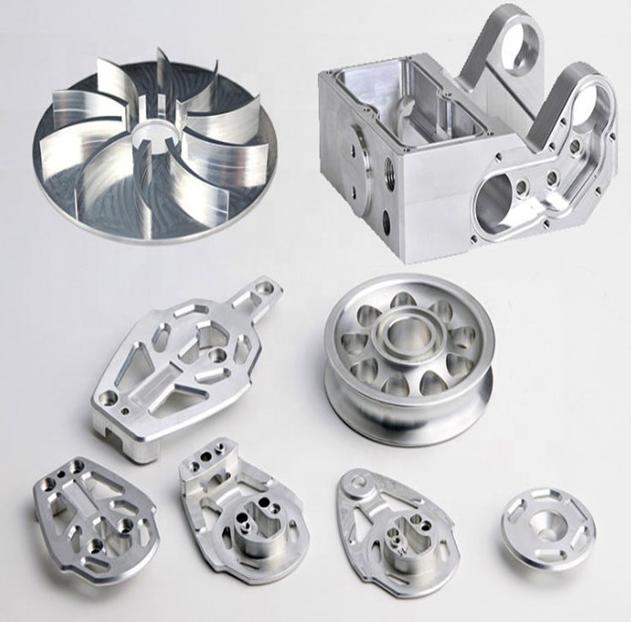
Anodizing is a versatile and widely used surface treatment process that enhances…
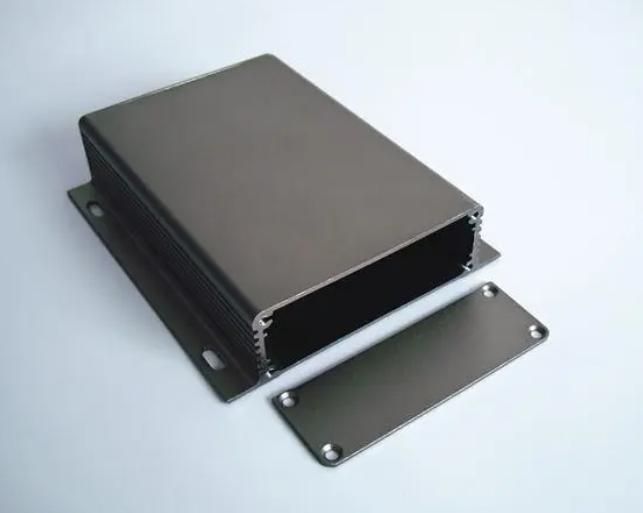
Anodizing is a widely used surface treatment process that enhances the…
Request A Quote